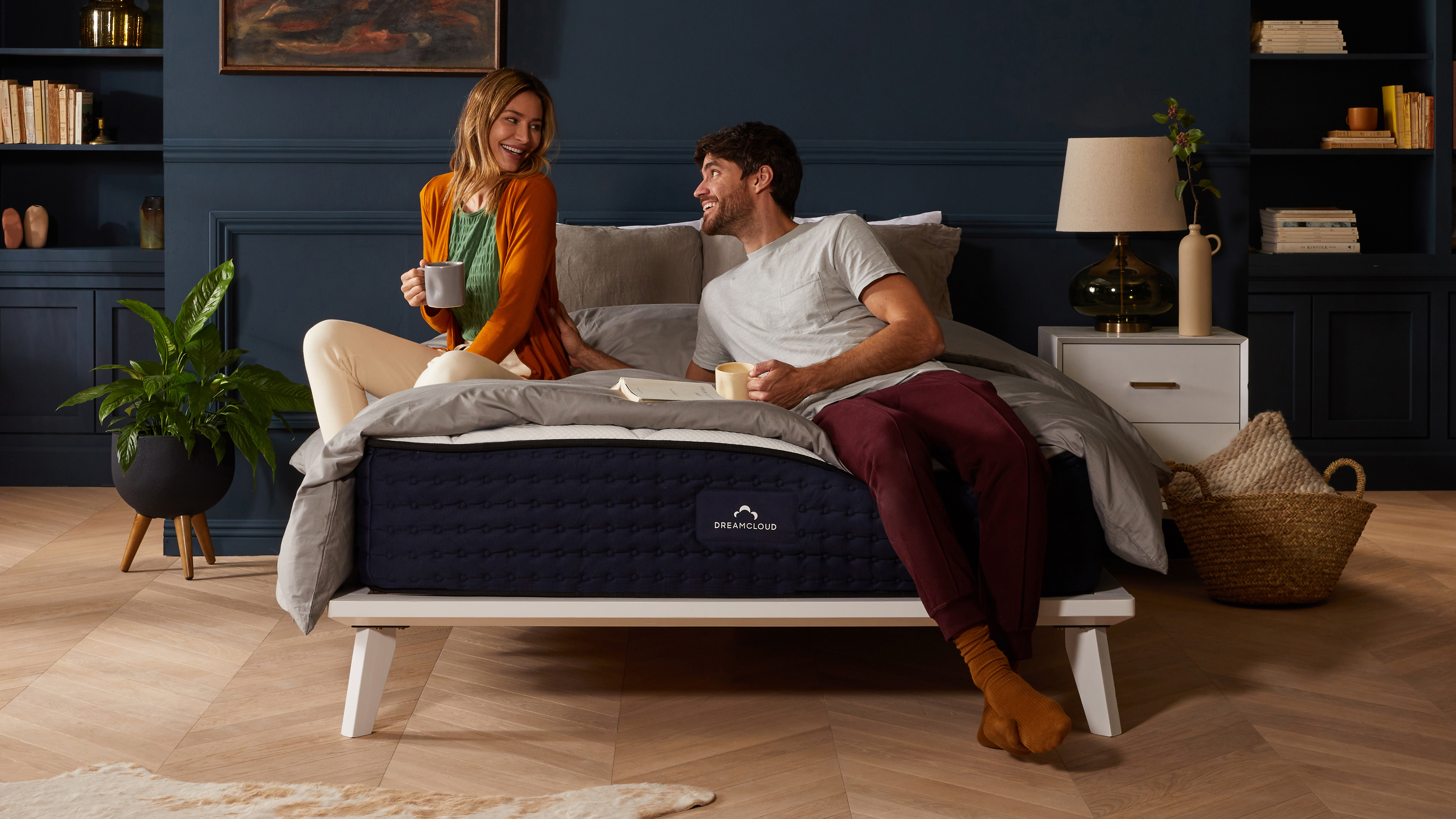
If you're shopping for a new mattress, a bed's motion isolation is often an afterthought. However, a mattress with good motion isolation can help you and your partner sleep better — but what exactly is motion isolation and why is it so important for couples to consider when buying a new mattress together?
Most of this year's best mattresses for all sleepers will have strong motion isolation, as many high-quality mattresses are designed to isolate motion well. However, great motion isolation tends to be found in any all-foam mattress, even budget-friendly ones, so you can find a bed that isolates motion well even if you're on a tight budget.
Here, we'll break down what motion isolation is and why it's important to consider when buying a new mattress. We've also rounded up three deals on mattresses with excellent motion isolation ahead of this year's Labor Day mattress sales and deals.
What is motion isolation?
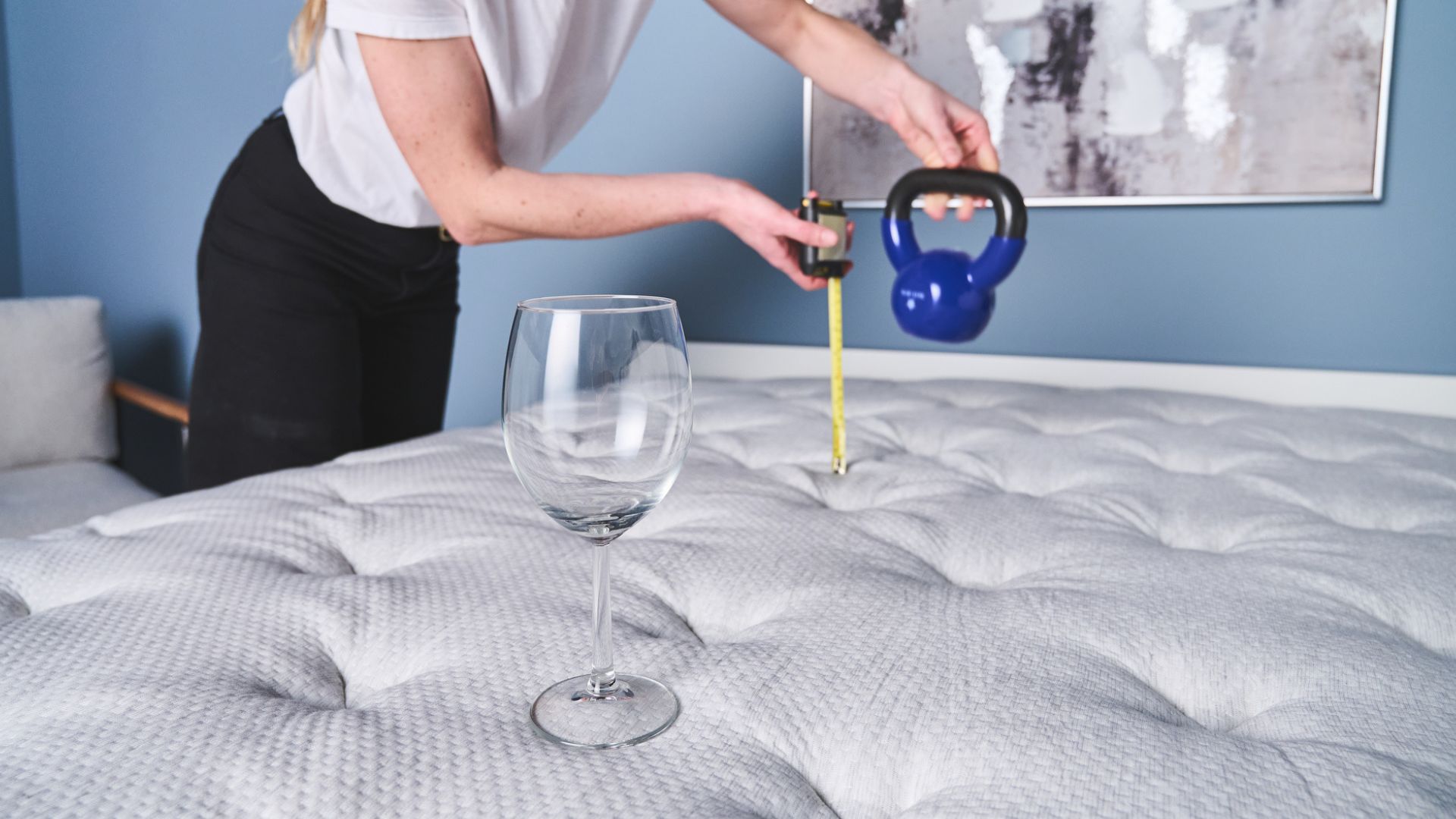
Motion isolation refers to a mattress's ability to prevent movement on a particular part of a bed being transferred to other parts of the bed. This means that any motions happening on one side of the bed will not be felt on the other side. So, for example, if you were lying on the right side of a bed and someone came along and sat down on the left side, you would not feel them doing so.
At Tom's Guide, motion isolation tests are included in how we test mattresses. We measure how well a bed absorbs movement by placing an empty wine glass in the middle of one side of the bed, and then drop a 10lb weight on the other side. If the wine glass doesn't fall over or barely moves, this indicates the mattress has good motion isolation.
Why is motion isolation important when buying a mattress?
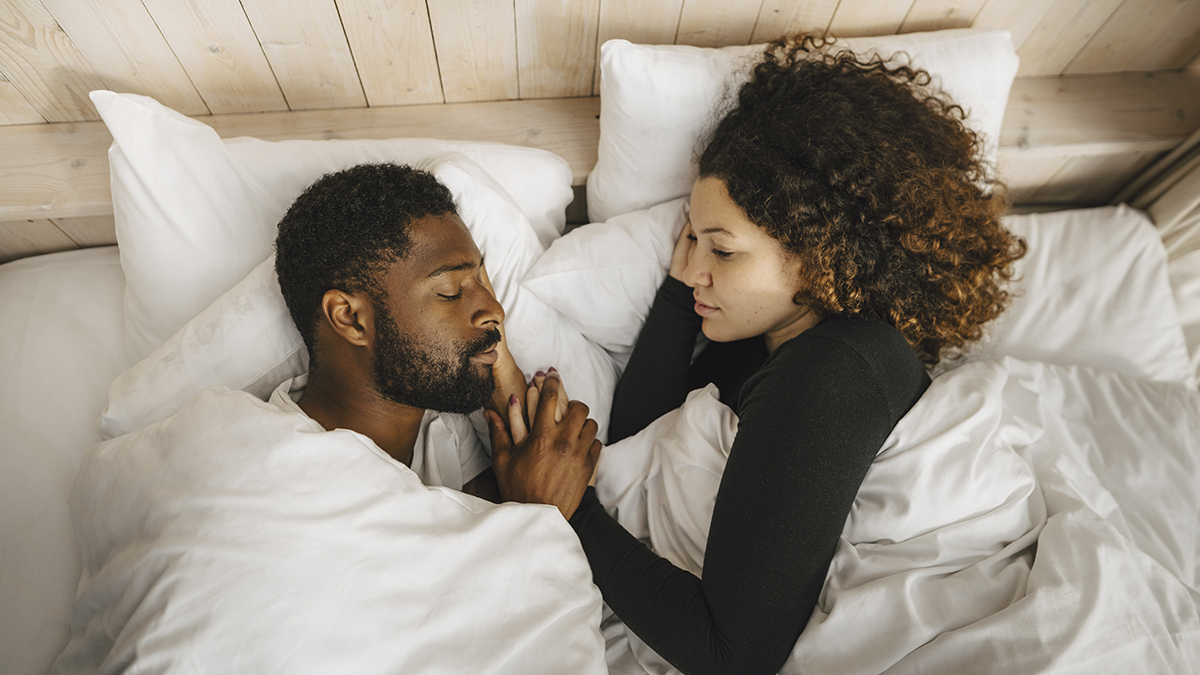
Have you ever been sleeping, only to have your slumber disturbed by your partner getting into bed late? If yes, it's probably because your mattress has low motion isolation. Motion isolation is important when sharing a bed as it can absorb a restless partner's movements, preventing their tossing and turning from disturbing your sleep.
A bed with poor motion isolation can lead to a significant amount of motion transfer, which can lead to interrupted sleep and sleep deprivation.
Who needs motion isolation the most?
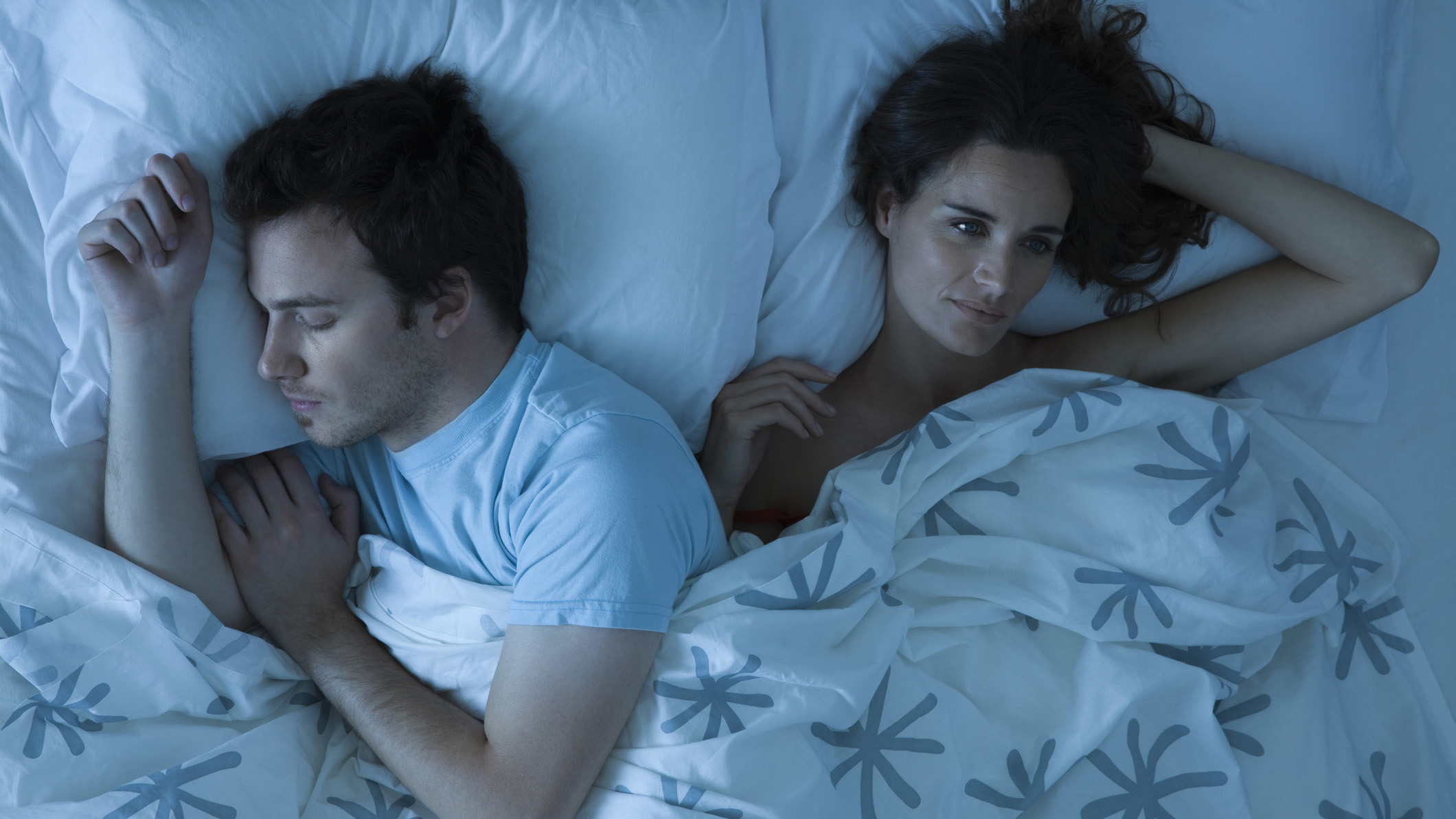
If you share a bed, you will need to definitely need to take into account a bed's motion isolation when shopping. Motion isolation is especially important for bed-sharing couples who have different body weights or sleep schedule. For example, a plus-sized sleeper's movements may be easily felt by a partner, while someone who goes to be later than their partner may disturb them at night when getting into bed.
A bed with good motion isolation can absorb a partner's movements and help minimize these disturbances. A bed with minimal motion transfer can also help those who co-sleep with a restless or combination sleeper, as the motion of their tossing and turning won't be transferred to the other side of the bed.
What mattresses have the best motion isolation?
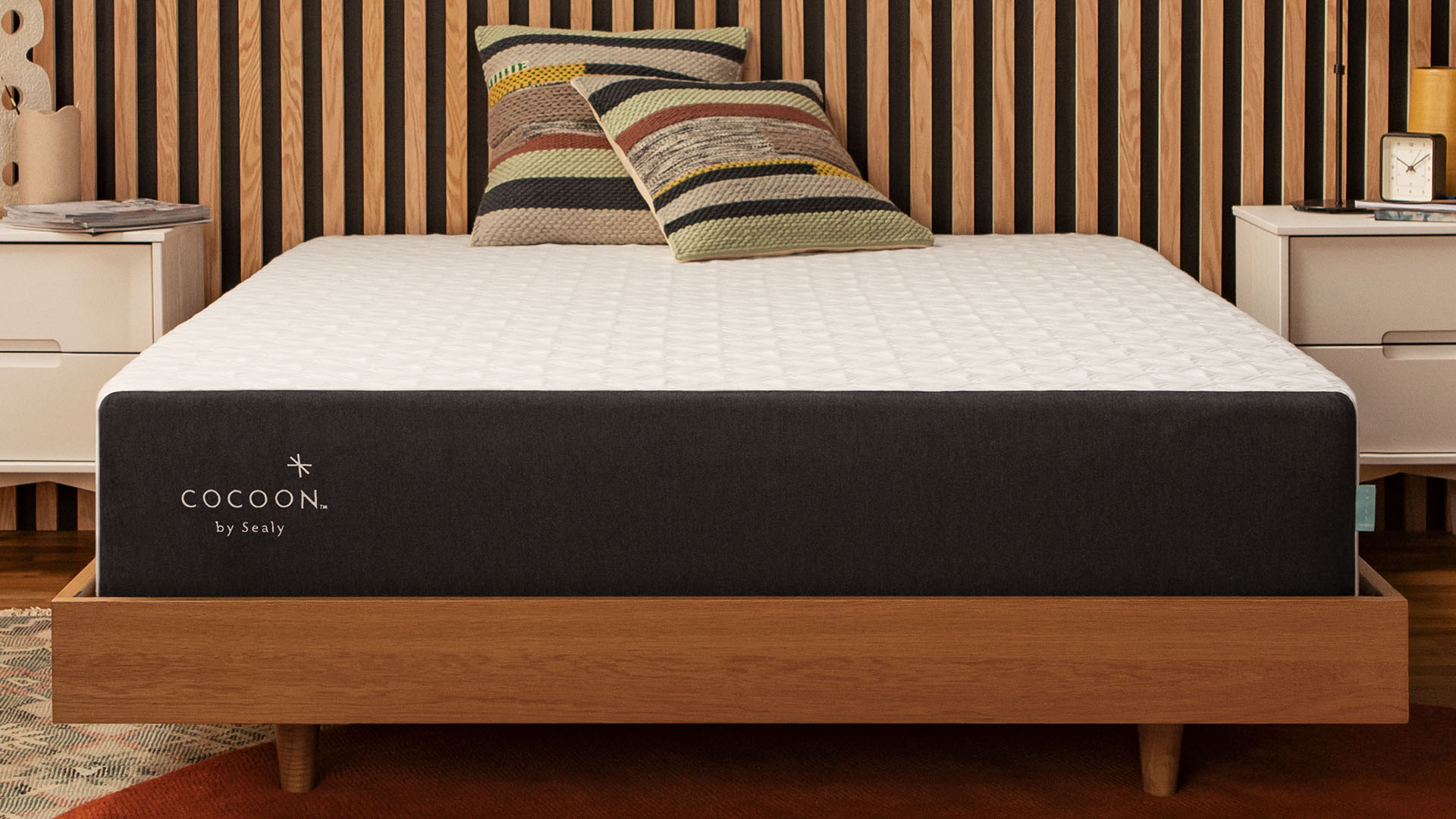
The best memory foam mattresses tend to have good motion isolation. Their dense, slow-moving foam absorbs movements well and stops motion being transferring to other areas of the bed. Memory foam mattresses also have an all-foam construction, meaning there's no interconnected coils to transfer movement.
While coils do have a tendency to transfer movement, the best hybrid mattresses often include individually-encased coils (meaning each coil is wrapped in fabric), which allows the coils to move independently and reduces motion transfer.
What mattresses have poor motion isolation?
Without a doubt, traditional innerspring mattresses have the weakest motion isolation. Their interconnected coils and lack of slow-moving foams means that movement is easily transferred throughout the mattress.
Some hybrid mattresses can also have weak motion isolation, but others manage motion transfer by the addition of cushioning layers of slow-moving foam and encasing their coils in fabric so they move individually and stop motion from being transferred.
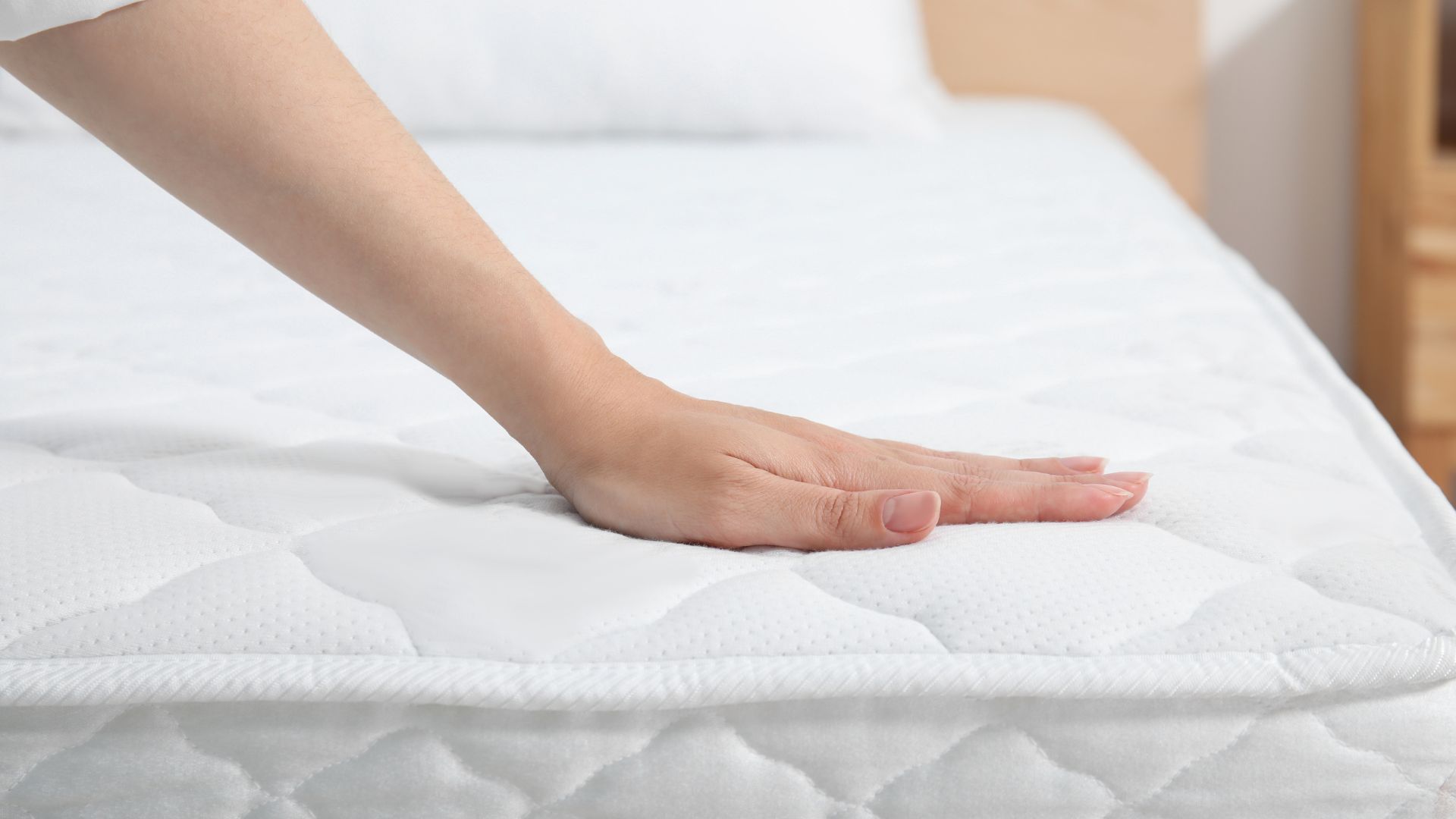
Latex mattress can also be either good or poor at isolating motion. Latex is naturally bouncy and responsive, which means it isn't as good as absorbing movement as memory foam. However, some of this year's best organic mattresses come with features that offset the motion transfer of latex, such as individually-encased coils and quilted covers.
What are the disadvantages of motion isolation?
Motion isolation comes with a lot of advantages, but there are also some disadvantages that come with a bed that's great at absorbing movement.
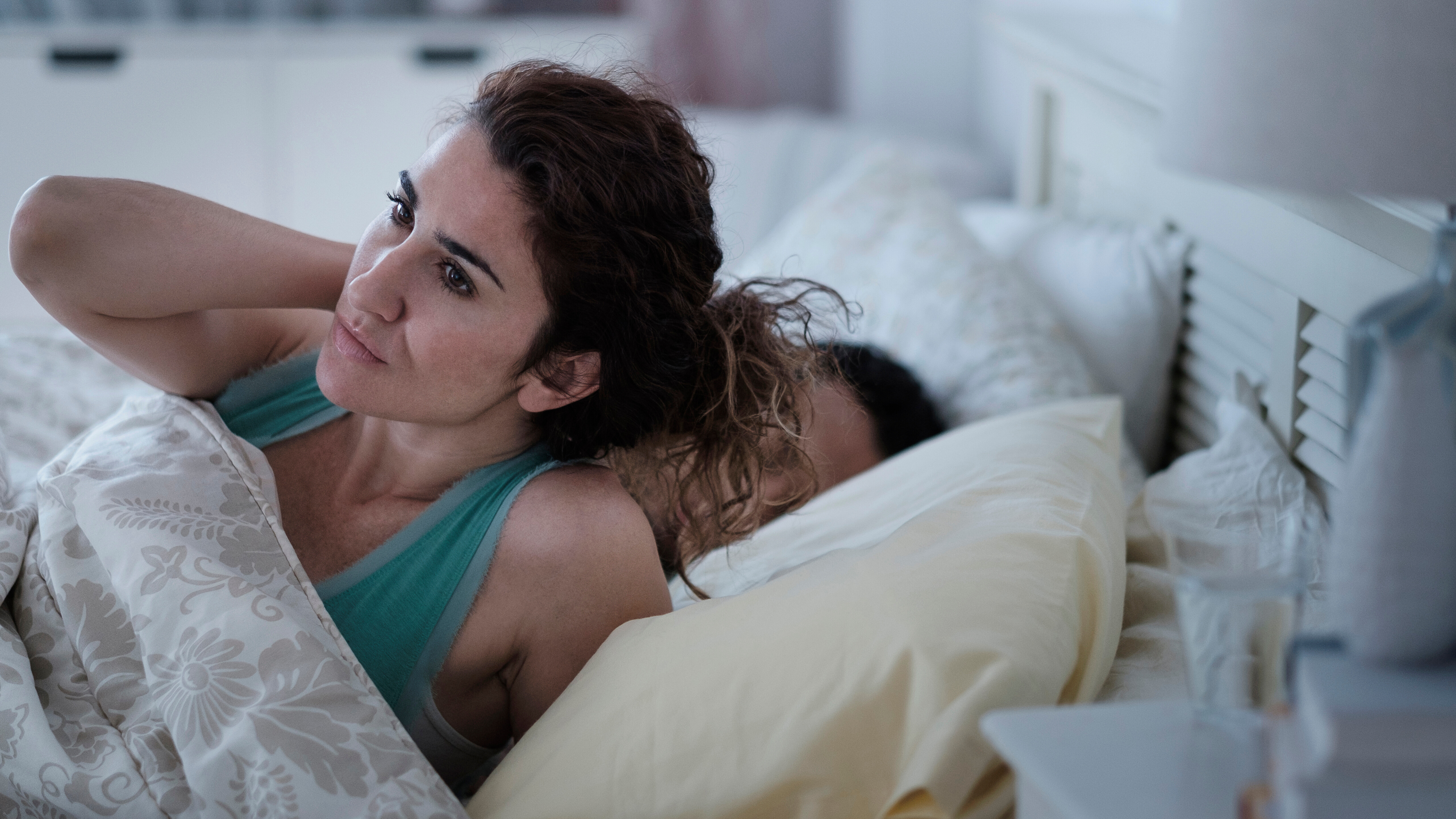
For example, memory foam mattresses are great for absorbing movement due to their slow-moving foam construction. However, some sleepers may find the sink-in soft foam to be too soft and lack bounce and responsiveness. This is particularly true for stomach sleepers (who need a firm, supportive surface) and combination sleepers (who need a responsive surface to help them change position throughout the night).
Mattresses that are good at absorbing movement are also unfortunately good at trapping heat. Their dense, slow-moving foam layers and lack of ventilating coils also mean there isn't enough air circulating through the mattress, causing the bed to sleep hot. However, a lot of all-foam mattresses are now equipped with special cooling features to offset their heat-trapping tendencies, such as cooling covers, breathable perforated foam, and heat-dissipating gel infusions.







